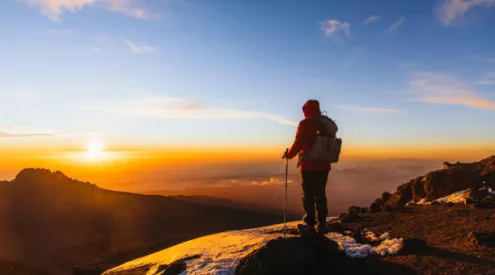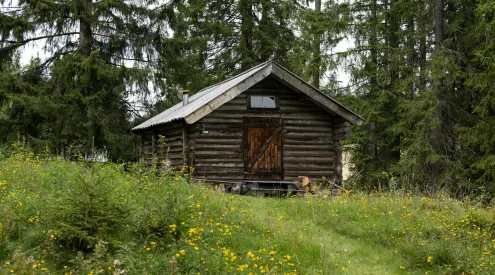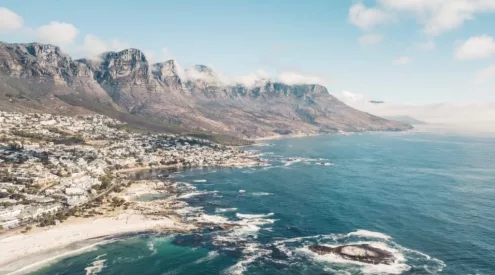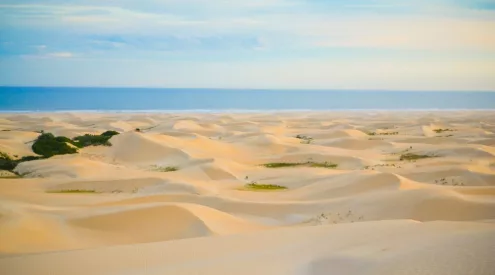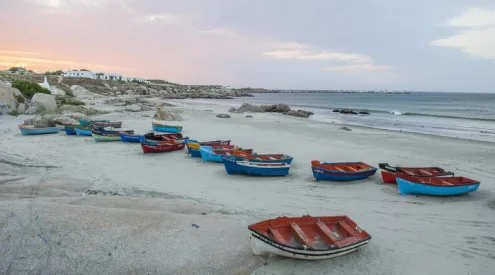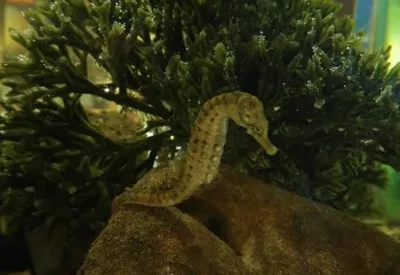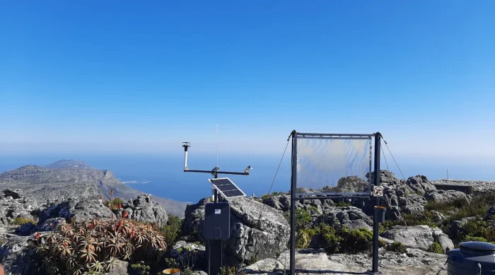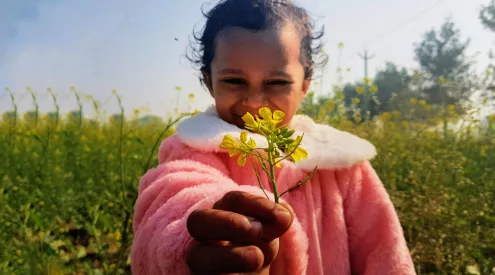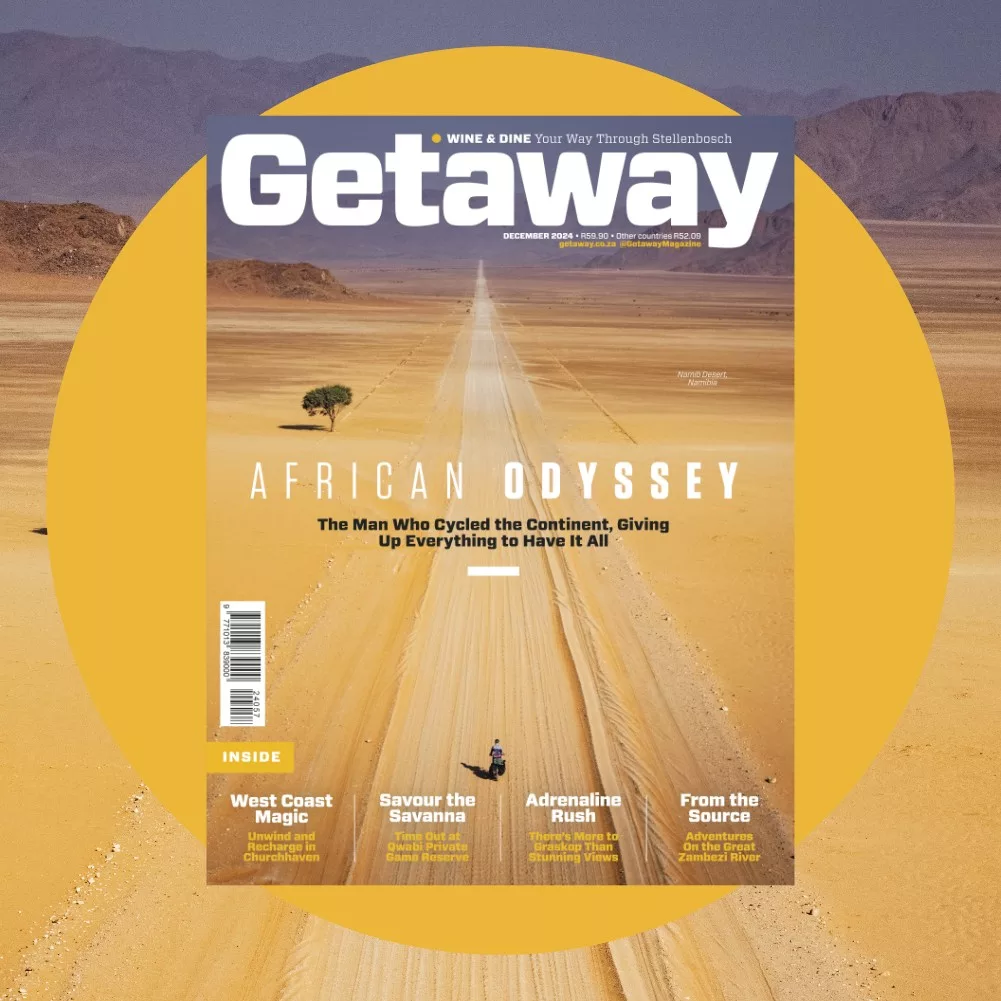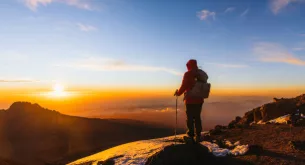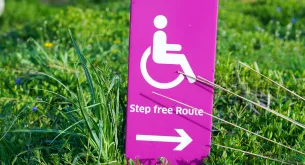Knysna Sand Fynbos, typically found in an area near Brenton-on-Sea, needs conservation and protection acts in place to secure its survival.
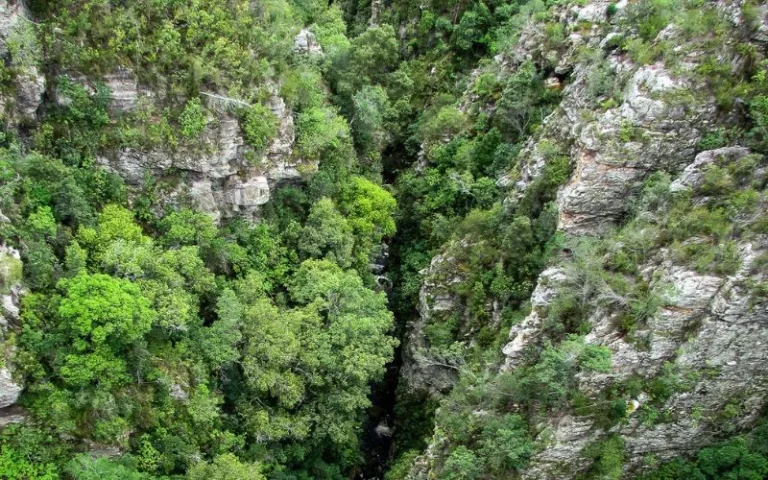
Unsplash/Zander Janzen van Rensburg
This vegetation type spans about 15000 hectares in the Garden Route, mainly on the Western Heads of Knysna. While this might seem impressive, this number is a mere 10% of what has been left after damaging human intervention.
Several conservation entities have joined forces to safeguard the remnants of the Knysna vegetation type. These include prominent groups such as the Table Mountain Fund (TMF), WWF South Africa, Knysna Municipality, and SANParks.
Strategies include reducing damaging invasive species and ensuring landowners agree to use their properties with this type of vegetation on their perimeters following biodiversity protection guidelines.
The Land Programme Manager, Jan Coetzee, of the WWF, states the importance of various procedures implementations to ensure the conservation of this endangered vegetation type:
“We are now working closely with SANParks to expand this corridor through a variety of mechanisms, ranging from land purchase to contractual arrangements which recognise landowners as the custodians of biodiversity on their land.”
Follow us on social media for more travel news, inspiration, and guides. You can also tag us to be featured.
TikTok | Instagram | Facebook | Twitter

